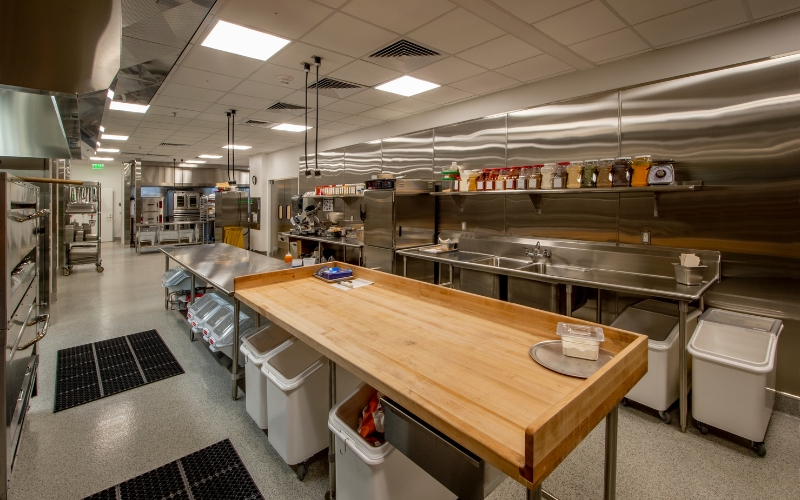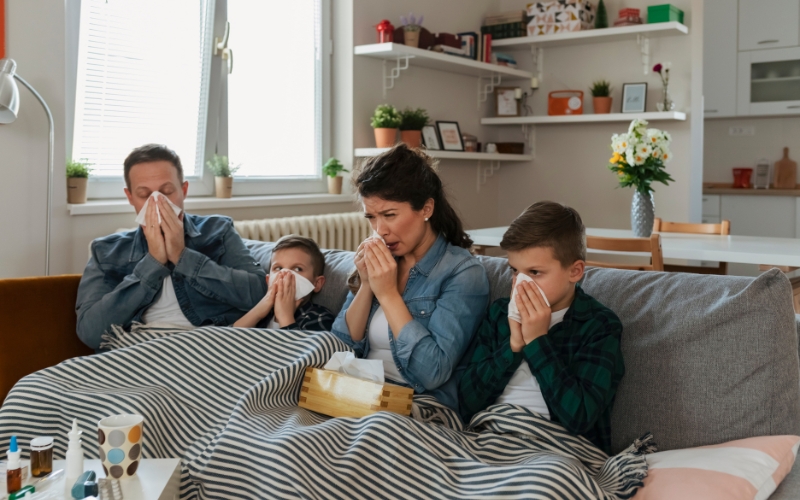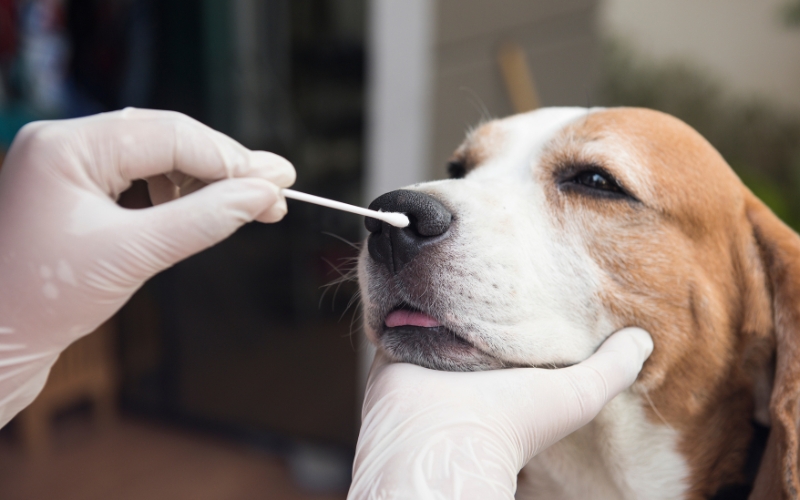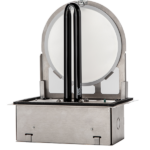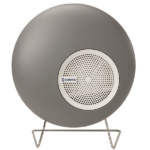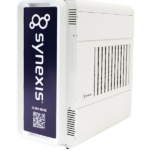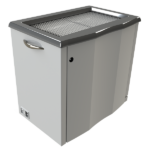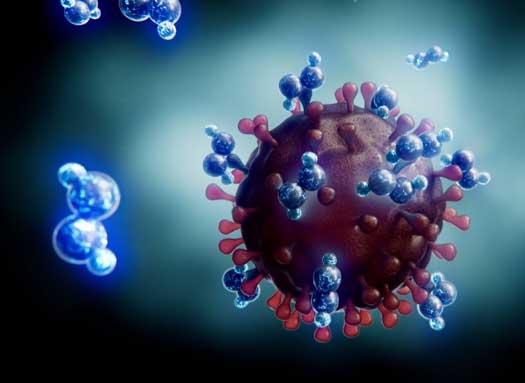One ominous threat persists within healthcare facilities despite all the advancements in the world in medical science and hygiene practices – hospital acquired infections (HAIs). You’ve probably seen that term before, or another way to put them, “nosocomial infections.” Either way, they are an issue for so many. In fact, data from 2019 indicates that approximately one in every 31 hospitalized patients in the United States has an HAI. That means that more than 630,000 patients contract one annually.
Compare that to some other diseases and the numbers are a bit shocking.
- Just over 800,000 people have a heart attack each year.
- The National Cancer Institute estimates there will be 300,000 new cases of breast cancer in 2023.
- It’s estimated that nearly 500,000 new cases of Alzheimer’s disease will be diagnosed this year.
This shows how prevalent they are and the impact they make in comparison with some diseases that (rightfully) get significant publicity.
Understanding Hospital Acquired Infections
HAIs refer to infections that patients acquire while they are staying in healthcare facilities. Sterilization protocols and meticulous care help quite a bit, but the risk remains because of bacteria, viruses, and fungi. These infections can manifest as anything from urinary tract infections and pneumonia to bloodstream injections, surgical site infections, and more. The consequences of them run the gauntlet of increasing costs, straining already strained resources and, most importantly, patient outcomes.
Financial Burden: HAIs cost healthcare facilities between $28 billion and $45 billion annually. This is the direct cost. There are additional costs that could be accrued due to HAIs that are very difficult to calculate.
Patient Morbidity and Mortality: It’s estimated that HAIs account for 1.7 million infections and 99,000 deaths each year.
Antibiotic Resistance: Overuse of antibiotics in an effort to treat HAIs contributes to the global challenge of antibiotic resistance. That leads to resistant strains of bacteria emerging, which makes infections harder to treat and leads to an increased public health risk.
Diminished Trust in Healthcare: This is largely anecdotal, but there is a fear that HAIs can erode patient trust in healthcare facilities and systems. Patients acquiring an infection in the very place they go to be treated can absolutely raise concerns.
Urgency for Innovation
Despite rigorous cleaning protocols and preventative measures in place, limitations with this cleaning exist. These solutions are both user-based and can’t be completed continuously, which leaves them open for trouble. The infections are often stealthy and may go undetected until they reach an advanced stage. That’s why innovation is so vital in the fight against HAIs.
Synexis can play a big role in that innovation. While traditional cleaning measures are only as good as both the individual in charge and for a limited time before the area is no longer clean, Synexis Systems work in the background 24/7/365. The continuous air and surface cleaning offers a proactive approach to infection control. This minimizes the risk of oversights. Goal number one is to eliminate the pathogens that cause HAIs and that means boosting innovation.
While the focus remains on understanding the gravity of these infections, it’s important for all facilities to take the concerted effort needed to help transform healthcare facilities into the safe haven they’re “supposed” to be. The urgency for this innovation has never been more pressing, and the journey toward a future with reduced HAIs requires a collaborative effort from the healthcare community, researchers, and technology leaders like Synexis.
To speak with an IAQ expert from Synexis,, fill out this form and we’ll be in touch as soon as possible.
And to learn more about Synexis, click here.

